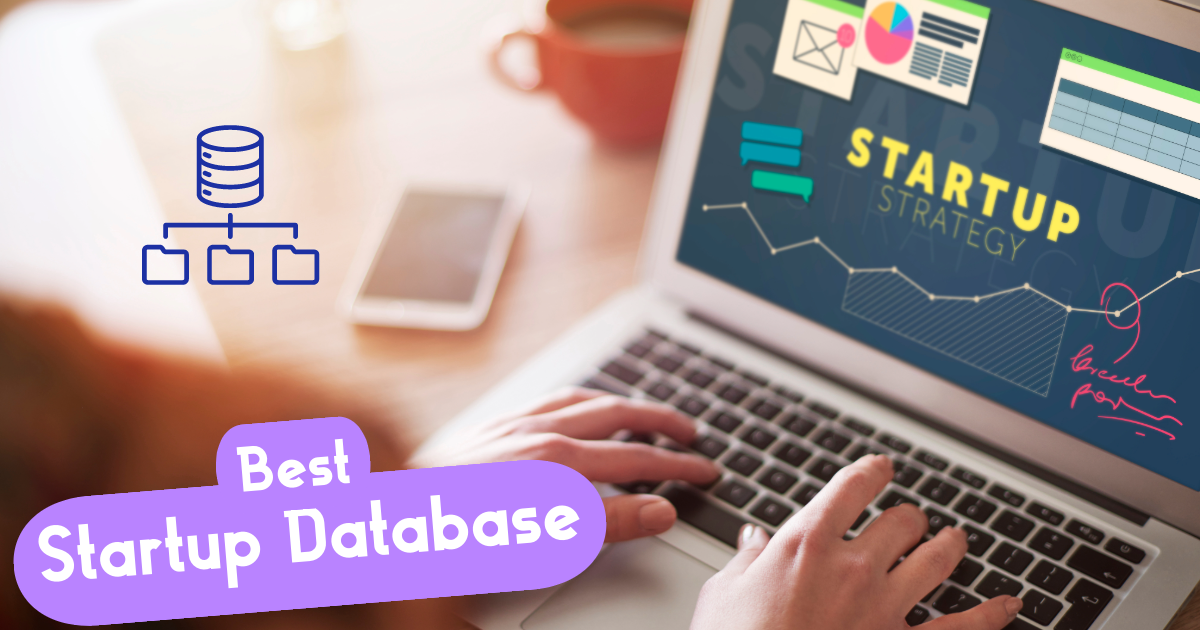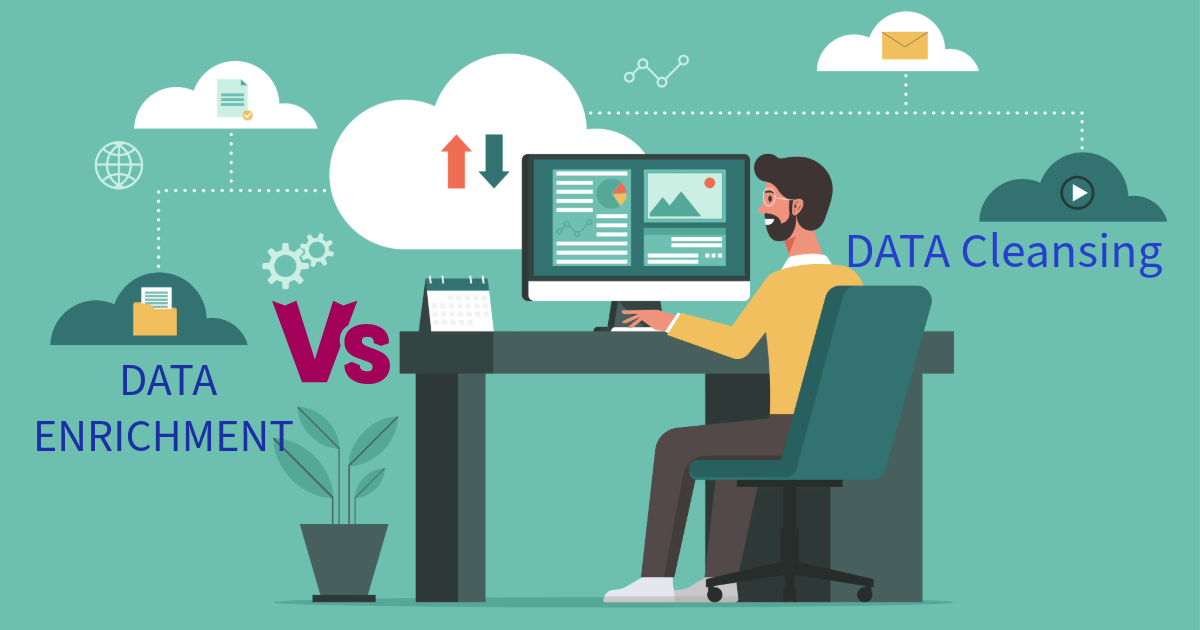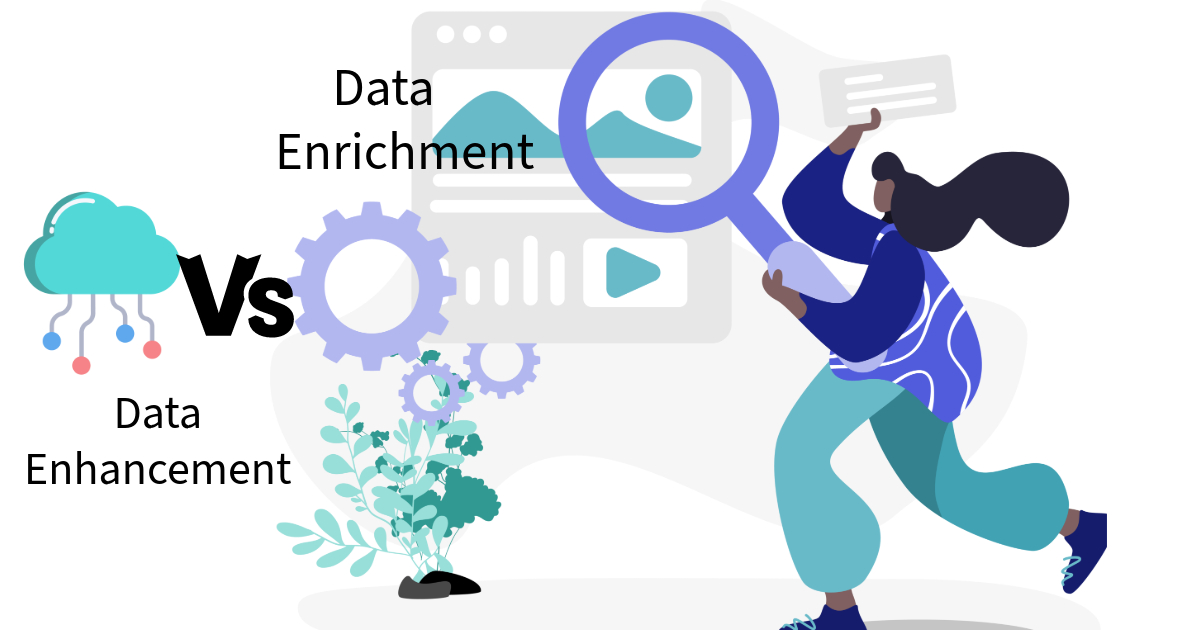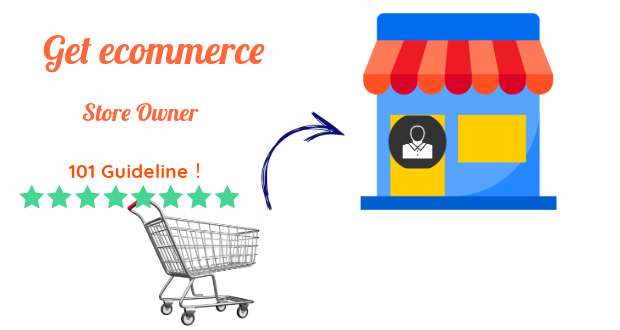404
Opps... Page Not Found
Something went wrong, web page that is displayed to the user when the server cannot find the requested page.
Back to HomepageRecent Blogs
Our Recent News & Articles

Admin
22 Mar, 2024

Admin
21 Mar, 2024

Admin
21 Mar, 2024

Admin
18 Mar, 2024

Admin
17 Mar, 2024

Admin
15 Mar, 2024

Admin
14 Mar, 2024

Admin
29 Jan, 2024

Admin
28 Jan, 2024

Admin
24 Jan, 2024

Admin
24 Jan, 2024

Admin
22 Jan, 2024
 Sign Up with Google
Sign Up with Google
 Sign Up with Microsoft
Sign Up with Microsoft